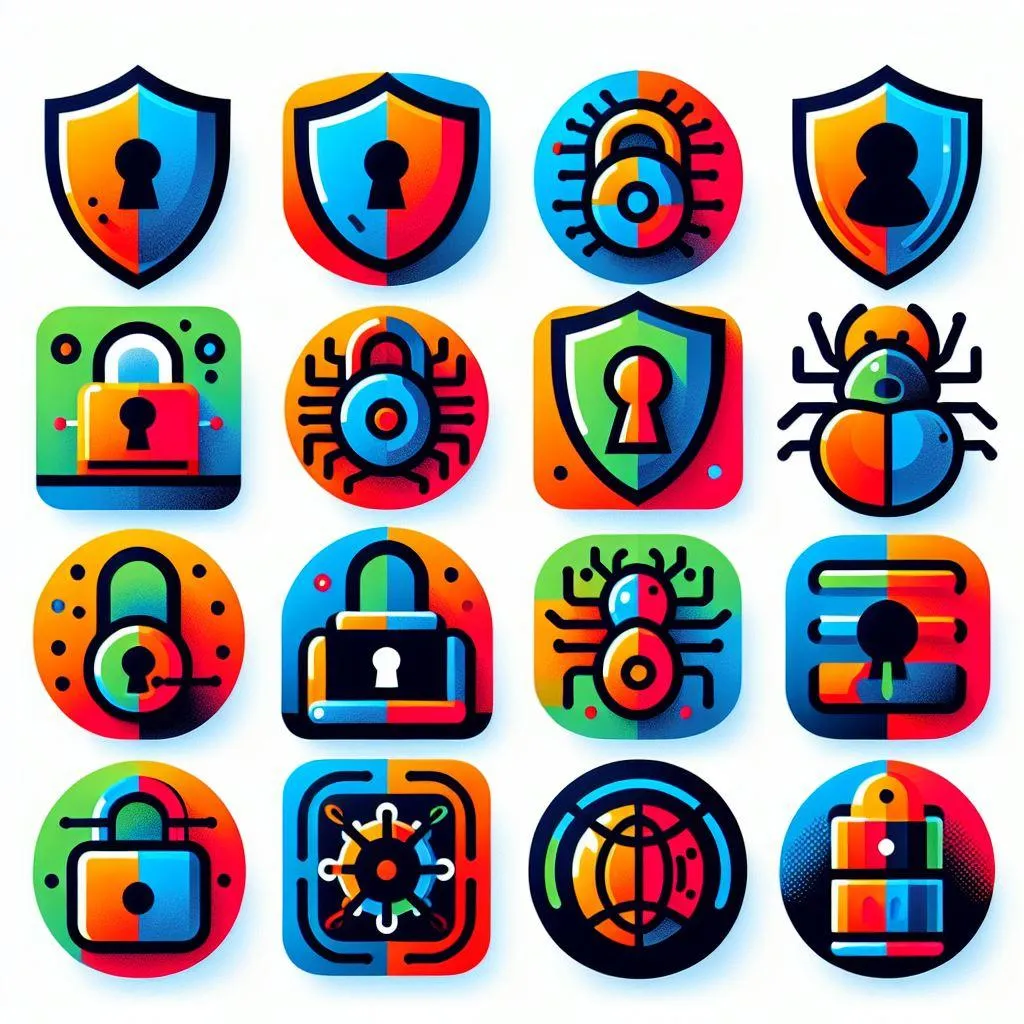
Understanding Malware vs. Ransomware: A Guide to Protecting Your Digital World
In today’s hyper-connected world, cyber threats are growing not just in number but also in sophistication. Among the most common digital dangers are malware and ransomware—two forms of malicious software that can wreak havoc on your devices and data.
In 2024 alone, more than 60 million new strains of malware were identified, highlighting the urgency of understanding how these threats work and, more importantly, how they differ. Let's break it down.
What Exactly Is Malware?
The word malware is short for "malicious software." It’s an umbrella term that covers a wide range of harmful programs designed to damage devices, steal sensitive information, or exploit system vulnerabilities.
Here are the most common types of malware:
Viruses: These attach to clean files and spread to other systems.
Worms: Capable of replicating themselves and spreading without human interaction.
Trojans: Masquerade as legitimate software to trick users into installing them.
Spyware: Secretly monitors your activities and collects data without your consent.
Once malware infects your system, it can:
Slow down performance
Delete or corrupt files
Harvest personal and financial data
Hijack your system to launch further attacks
What Is Ransomware?
Ransomware is a specific type of malware with a very targeted goal: to extort money from victims.
This cyber threat encrypts your files—or in some cases, locks down your entire system—and demands a ransom to release access. Think of it as digital extortion with very real-world consequences.
The typical ransomware attack follows these steps:
Infiltration via email, website, or file download
Encryption of data using unbreakable codes
Display of a ransom message demanding payment
(Maybe) decryption after payment—though there's no guarantee
As of 2024, the average ransom demand hit $2.73 million, marking a significant jump from previous years.
Ransomware comes in two main forms:
Locker ransomware: Restricts access to your entire device.
Crypto ransomware: Locks only your files, leaving the system operational.
Key Differences: Malware vs. Ransomware
Though ransomware is technically a subset of malware, the difference lies in intent and visibility:

In short: malware works in the background, while ransomware wants to be seen—because its creators want to get paid.
How Do They Get In?
Both malware and ransomware often enter systems through similar channels:
Suspicious email attachments or phishing links
Malicious websites or drive-by downloads
Infected USB or external devices
Unpatched or outdated software vulnerabilities
Emerging threats are evolving fast. In 2024, fileless malware—which lives in memory and doesn’t write to disk—was expected to grow by 65%. And looking ahead to 2025, AI-assisted malware could account for 1 in 5 new strains.
Signs You’ve Been Infected
Knowing the warning signs can help you react faster and minimize damage.
For Malware:
Sluggish performance
Frequent crashes
Unexplained pop-ups or changes
For Ransomware:
Locked or encrypted files
Ransom note on your screen
Changed desktop wallpaper with a warning
How to Stay Protected
Cybersecurity doesn’t have to be complicated. Start with these smart practices:
General Protection Tips:
Keep all software updated
Use strong, unique passwords
Avoid clicking unknown links or attachments
Regularly back up important data
Malware-Specific Tips:
Install trusted antivirus and anti-malware tools
Be cautious when downloading software or apps
Ransomware-Specific Tips:
Use offline and cloud-based backups
Invest in ransomware-specific protection tools
What to Do If You’re Attacked
Don’t panic—but do act quickly.
If You Suspect Malware:
Disconnect from the internet
Run a full scan with updated antivirus software
Remove suspicious programs
Change all your passwords
If Hit by Ransomware:
Immediately disconnect from the network
Do not pay the ransom—it doesn't guarantee recovery
Report the incident to local authorities or cybersecurity experts
Restore your files from a clean backup
Knowledge is Your Best Defense
Understanding the difference between malware and ransomware isn't just about definitions—it's about empowering yourself to take the right actions during a cyber crisis.
When you know what you're facing, you can respond more effectively, recover more quickly, and avoid falling into deeper trouble.
Final Thoughts: Stay Sharp, Stay Safe
The digital world is full of both opportunity and risk. But with the right knowledge and proactive habits, you can greatly reduce your chances of becoming a victim.
Whether you're a casual internet user or managing critical business data, take time to reinforce your digital defenses. And if you ever feel unsure, don’t hesitate to reach out for help.
Cybersecurity is a team effort—and we’re here to help you stay safe, informed, and in control.